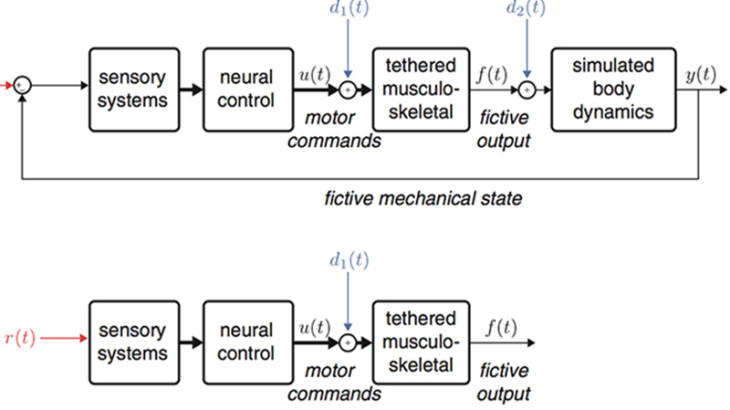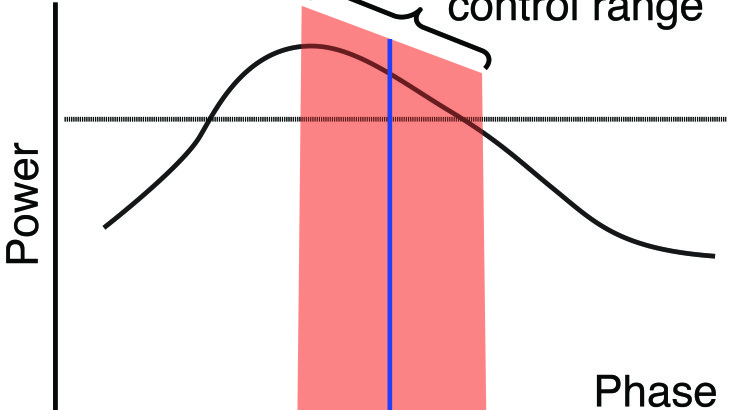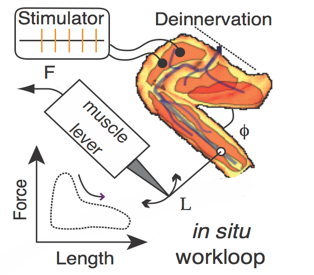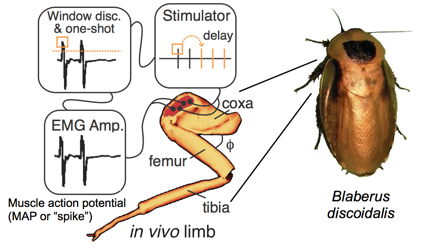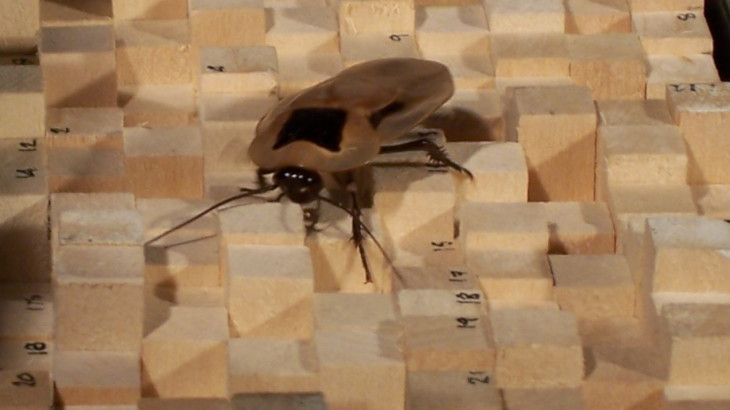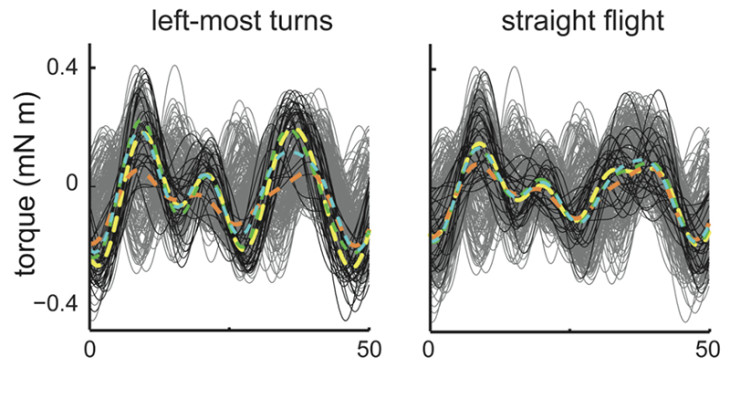
Once a behaving organism has acquired, processed, and transmitted sensory information it must still alter patterns of motor activation in a manner that enables control. A central challenge in understanding motor control, particularly during complex rhythmic behaviors like flight, is decoding the specific features of body dynamics that are control by patterns of neural feedback […]
